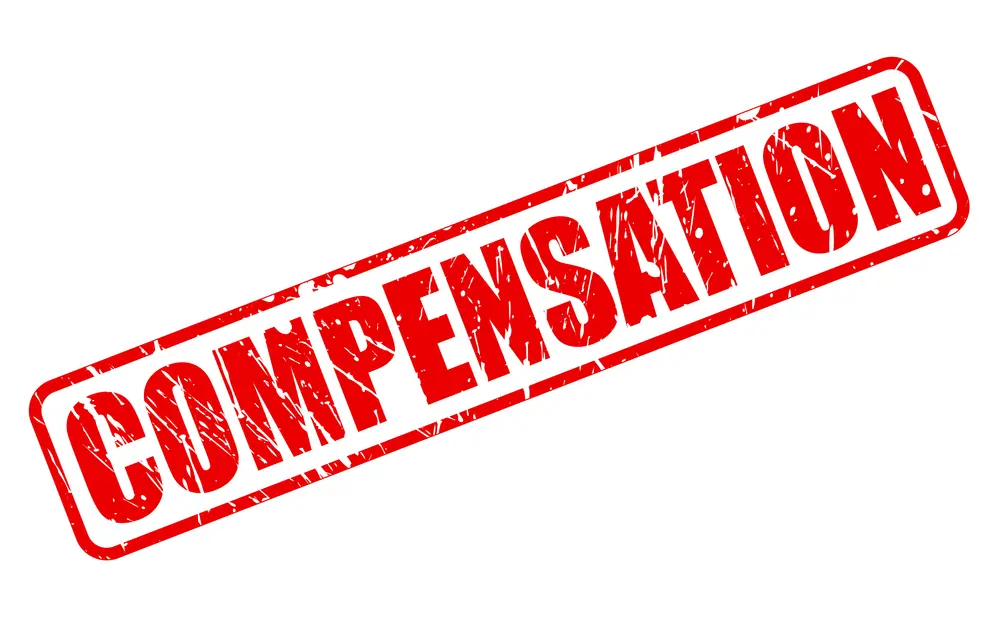If you’ve been injured in the Gillette, Wyoming area due to someone else’s negligence, your first call should be to a local personal injury lawyer. You want to work with someone who is thoroughly conversed with the laws and regulations surrounding personal injury cases in Wyoming and with experience in the local courts. Read on as a personal injury lawyer answers some common questions about these cases in Wyoming, including what limits there might be on your damages.
Are There Caps on Damages You Can Claim? FAQ About Personal Injury Cases in Wyoming
1. What Are the Damage Limits?
While many states do have caps on the amount of money that can be awarded for a personal injury lawsuit, Wyoming is not one of them. In fact, Wyoming has it enshrined in law that the state may not put any limits on how much can be awarded. Whatever damages you are owed, you can get full compensation for all of them.
2. What’s the Statute of Limitations?
In general, the state of Wyoming gives you four years to bring a personal injury lawsuit. This four-year limit usually starts on the date that you were injured, but there can be exceptions here under the “discovery rule.” The discovery rule simply refers to situations where you discover that you have been injured at a time later than the actual injury occurred or that you took more than four years to realize that an injury you knew you had was related to a specific incident.
You will need to be able to show definitive proof that you did not realize you were injured in time to file before the statute of limitations ran out and that you could not have reasonably been expected to discover the injury in time. Obviously, this is a rare exception, and it will be up to the court to decide whether it applies in your case.
3. Does the Four Years Apply to All Cases?
No. Wyoming law has a specific statute of limitations for different types of personal injury. The four-year limit generally applies to premises liability cases, product liability, dog or other animal attacks, and car accidents. However, you can also sue for personal injury when someone hurts you on purpose, even though they may also be facing criminal charges. This is called an “intentional tort,” and in Wyoming there is a one-year statute of limitations on bringing a lawsuit after assault and battery, kidnapping, libel or slander, or due to malicious prosecution, which are all considered intentional torts.
Medical malpractice is another exception. You must usually file a medical malpractice personal injury lawsuit within two years of the date that the malpractice took place, although the discovery rule comes up here more often than in other cases. For example, there have been cases where mistakes made during surgery took more than two years to come to light. If you’re bringing a wrongful death lawsuit, you have two years from the date of your loved one’s death to file your lawsuit.
3. What If I Sue the Government?
If a government agent acting in their capacity as an employee of the government is the one who caused your injury, things do change a bit in terms of the time limits. There’s a two-step process, and if you do not file an initial claim with the government giving them notice that you want to sue, you cannot bring a lawsuit at all.
The first step is to send a written notice of your claim, and this must happen within two years of the date you were injured. These claim notices are very specific and must be filled out perfectly. You will definitely want a lawyer to help you do this. Once you have filed your claim, you can then sue the government by filing a complaint in court, and you must do this within one year of the date that you filed your initial claim. Suing the government is always difficult, so be sure to talk with an attorney right away if you’ve been injured by anyone acting in an official capacity.
4. What If I Can’t Find the Defendant?
Obviously, there are situations where someone who caused an injury attempts to avoid responsibility for their actions by running out of state or going into hiding. If you are not able to find the defendant, the statute of limitations stops running and does not start again until the defendant is found.
5. What If the Victim Can’t Bring a Lawsuit Right Now?
The only victims who are given an exception to the statute of limitations are minors and those with disabilities. If someone suffering from a disability cannot bring their own lawsuit, or if the victim is under 18 and there is no one to do it for them, the statute of limitations becomes three years after the person turns 18 or is no longer disabled.
6. Is a Gillette, Wyoming Personal Injury Lawyer a Requirement?
It’s always a good idea to have a personal injury attorney if you’re trying to file a lawsuit. It’s just much too easy to make a mistake of some kind that can cost you lot. Plus, having an attorney signals to insurance companies that you are serious about getting proper compensation and will usually make them come to the bargaining table in good faith. Statistics show that those who attempt to bring a personal injury claim without an attorney don’t get as high settlement as those who do have legal help.
7. What If I’m Partly at Fault?
Wyoming has what is known as a “modified comparative fault” rule for personal injury claims. This states that anyone who is less than 50% responsible for an accident can get compensation for their losses. However, the amount of compensation you receive will be reduced by the same percentage as your fault. So, for example, imagine a car accident where you were T-boned by someone running a red light. In this situation, the person who violated the red light would almost certainly be held primarily responsible and be unable to collect any compensation even if they were injured.
However, say that you were texting as you went through the intersection: in that case, a court might say that you were 20% at fault for the accident on the theory that if you had been paying attention, the accident might not have happened at all, even though the other person ran the red light. In that case, if your damages mounted to $48,000, you would ultimately receive $48,000 – 20%, or $38,400.
8. Whose Insurance Pays in an Auto Accident?
Wyoming is a “fault state,” which means that the insurer covering the person responsible for the accident is the one to pay. As of 2024, Wyoming law requires all drivers to carry insurance coverage in the amount of $20,000 for property damage in a single accident, $25,000 for injury or death of one person and $50,000 for injury or death to two or more persons, all in a single accident. These are the required minimums, and in many cases drivers get higher insurance coverage because it sensible to do so.
If you have specific questions about your personal injury, contact the Ochs Law Firm today for help.







